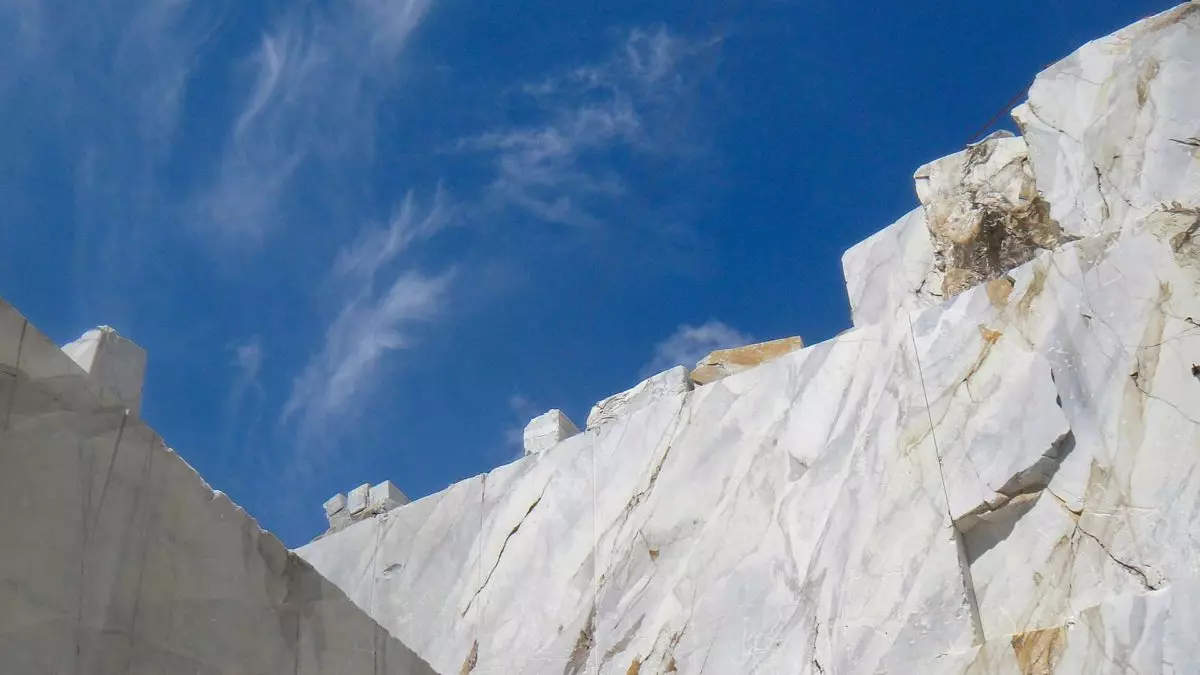Is natural Stone Green?
There has been a debate for years about whether or not natural stone slabs are “green”. To understand the answer we must look at what it means for a product to be considered green. A sustainable or green product is manufactured by increasing the efficiency of natural resources such as energy, water, and material usage while reducing the impact on the environment during its life cycle. Increasing the efficiency of resources could be achieved in many ways. Modern technology has made it possible to develop machinery that reduces the use of water or electricity with the same or increased production. Another example would be producing products that yield less waste. The other necessary factor is reducing the impact on the environment during construction, use, and demolition.
-
Wall Stone
According to the Marble Institute of America, natural stone is “Mother Nature’s original green building material”. Natural stone is durable and outlasts most other building materials. This is evident when looking at historical structures as far back as the Roman, Greek, and even Egyptian eras. Today, natural stone slabs such as granite and marble are used for a vast array of building materials. Some of the most common types are countertops, shower surrounds, flooring, exterior cladding, and interior wall tile. Natural stone slabs are solid rock extracted directly from the earth in manageable sizes. There is little manufacturing involved in quarrying stone slabs. They are available in multiple types of stone including granite, marble, limestone, travertine, onyx, sandstone, and soapstone. Each stone type has countless color options determined by the region of the world where they are found. Unlike man-made surfaces, natural stone slabs have no bonding agents such as a polymer resin. In addition, they do not emit VOCs and are recommended to be cleaned with pH-neutral cleaners; not only improving the air quality but reducing chemicals in our sewer and soil. Materials that can be utilized in their natural state, such as granite and marble greatly reduce the impact on the environment.
Granite and marble slabs are extremely durable with the longevity to last longer than the life of the building. Since it is one of the hardest natural stones, granite is able to be salvaged, re-cut, and reused – closing the life cycle. All natural stone slabs are 100% recyclable with endless ways to re-purpose the material. New ways to recycle stone are being developed every day. A few examples are resizing the slabs into pavers and tiles, grinding it into chips to be bonded into engineered countertop surfaces, and even crushing it into rocks for landscaping. The benefit of using granite and marble in these recycled products is that the stone is durable in any form.
Natural stone quarries are located all over the world; making it convenient to find a regional source within several hundred miles of most projects. Selecting a local stone is another way to reduce the impact on the environment by minimizing transportation effects. The final factor that determines if natural stone is sustainable is the decisions made by the end user. Selecting a regional stone, cleaning it with earth-friendly products, and being responsible for the demolition ensure the best possible outcome.


